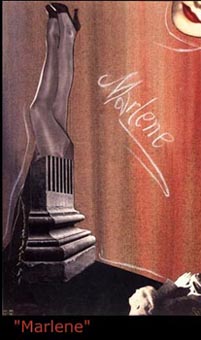I have a decision to make. As some of you may know, I will
be entering my final semester of grad school in January (WOOT!). That means it’s
time for the capstone project. There are a few options to choose from: 1) 40-60
page creative writing project (such as a collection of poems, short stories, or
a novella); 2) a visual media project with a minimum 20 page introduction to the
project; 3) 40-60 page research project in any area represented in my studies;
or 4) a portfolio project where the parameters are determined in conjunction
with faculty.
I can already cross out options 1 and 2 because I’ve
never written anything like that or created a video of any sort (except I have written poetry, but I haven’t taken
any courses that involve poetry so it would be hard to argue why I should go
that route). That leaves options 3 and 4. Option 3 scares me because it’s 40-60
pages
of research on a topic that I have to decide on quickly. Option 4 also scares
me because of the whole conjunction with faculty. It’s not that I think the
faculty would be difficult to work with, I just don’t know what those “parameters”
consist of.
I also have to have a short paper written the first week
of class that describes the project I will be doing and why. So, you see why I’m
getting nervous. There are a few options in my head that I’m mulling over, but I
have to narrow it down very soon and
begin. One would think that since I’ve been in grad school for 2 years that I would’ve
already had something in mind that I wanted to do in the end. Nope. Not this
girl! I’m a procrastinator to the end. This time, I’m not sure that it will pay
off.
Hopefully I will get it together soon and I will post my
progress here as it goes along. Keep your fingers crossed that I can decide
soon!
































+1937.jpg)

















